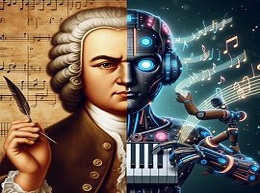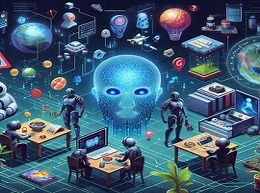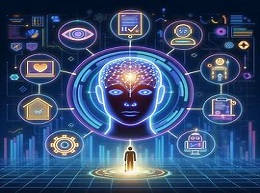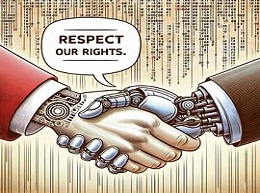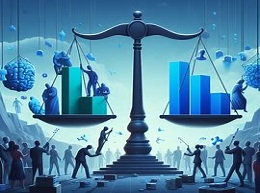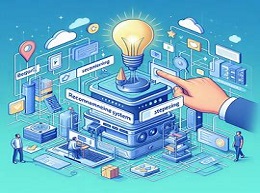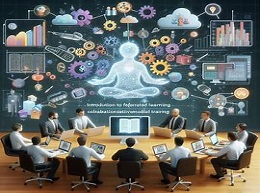AI in Creative Industries: The Fusion of Technology and Art

The Intersection of AI and Creativity
Artificial Intelligence (AI) is reshaping creative industries by offering innovative tools and techniques that blur the boundaries between technology and art. This article delves into how AI is revolutionizing creativity across various domains.
AI-Generated Art
Generative Adversarial Networks (GANs)
GANs enable the generation of realistic images, paintings, and music by pitting two neural networks against each other: a generator and a discriminator.
Example: "Edmond de Belamy"
The AI-generated artwork "Edmond de Belamy" sold for $432,500 at auction, sparking debate about the role of AI in the art world and challenging traditional notions of creativity.
Music Composition
Neural Network Music Composition
AI algorithms can compose original music compositions by learning from vast collections of existing songs and analyzing patterns in melody, harmony, and rhythm.
Example: "Daddy's Car"
The Beatles-inspired song "Daddy's Car" was composed by an AI program trained on the band's music catalog, demonstrating AI's ability to mimic iconic musical styles.
Film and Media Production
Virtual Characters and Environments
AI-driven technologies like deep learning and computer vision enable the creation of virtual characters and environments, revolutionizing film and media production.
Example: "Siren"
The AI-generated film "Siren" utilized neural networks to create lifelike virtual characters and environments, showcasing the potential of AI in storytelling and visual effects.
Graphic Design and Visual Arts
Style Transfer and Image Synthesis
AI algorithms can apply artistic styles to images, generate novel designs, and enhance visual storytelling through techniques like style transfer and image synthesis.
Example: Prisma App
The Prisma app utilizes AI-powered filters to transform photos into artworks inspired by famous painters like Van Gogh and Picasso, democratizing artistic expression.
Writing and Literature
Natural Language Generation (NLG)
NLG models can generate text, poems, and stories with human-like fluency and creativity, opening new avenues for AI-assisted writing and literary exploration.
Example: "The Next Rembrandt"
"The Next Rembrandt" project used AI to analyze the Dutch master's works and generate a new portrait in his distinctive style, showcasing AI's potential in art restoration and creation.
Gaming and Interactive Media
Procedural Content Generation (PCG)
PCG algorithms leverage AI to create immersive game worlds, generate levels, and adapt gameplay experiences based on player behavior and preferences.
Example: "No Man's Sky"
"No Man's Sky" features a procedurally generated universe with billions of planets, showcasing AI's role in creating vast and dynamic gaming environments.
Ethical and Cultural Considerations
Ownership and Authorship
The use of AI in creative industries raises questions about ownership and authorship, as well as the ethical implications of AI-generated content.
Example: Copyright Issues
Copyright disputes may arise when AI-generated works closely resemble existing artworks, highlighting the need for clear guidelines and regulations in AI-assisted creativity.
Embracing the AI-Driven Creative Revolution
In conclusion, AI is catalyzing a creative revolution by empowering artists, designers, writers, and creators to explore new frontiers of expression and innovation. By harnessing AI's capabilities, creative industries can push the boundaries of artistry, inspire new forms of storytelling, and democratize access to artistic tools and experiences. As AI continues to evolve, its integration into creative workflows promises to unlock unprecedented possibilities and reshape the future of human creativity.


